![]() Specialisation Studies | Rhea Shah
Specialisation Studies | Rhea Shah
Landscape Urbanism
Krisha Dharaiya
Landscape and urbanism have different meanings, but when the phrase ‘Landscape Urbanism’ comes together, it gives a different meaning, just like James Corner mentions in his book Terra Fluxus, the x and the y chromosomes having distinct characteristics yet combining to form a varied set of characteristics.
Through several readings, an understanding of the relationship of the human, the earth, the flora, the fauna, and the systems was developed. The energy flow in the system depends on several factors like the influx, location, watershed, time and scale. A comparative study of 3 lakes in Udvada village of South Gujarat allowed the students to understand and speculate the future challenges with the energy flow in the system at different levels of urbanization. Each of these lakes had different ways in which they were used, settlements around them, sources and sewage systems, flora and fauna, edge conditions and histories.
The speculations discussed allowed the students to get an understanding of some minor alterations that could be made through changes in landscape allowing the flows to naturally form instead of the alterations made in the currently urbanized lakes where the human interventions have highly disturbed the flows of the lake.
Along with the three small lakes in the villages of Sarodhi, Tighra and Orwas, the students visited the extremely affected lakes in Pardi and Umarsadi.
The one in Pardi was observed to be surrounded with a higher population density region and has a beautification project (a garden) built right in the middle of the lake. The comparison made the students aware of the future of the unaffected lakes with the soft edges that prevent flooding, scarcity of water, balanced growth of flora, thus maintaining an ecological cycle.
The different lenses through which the students studied the three lakes also represented different stages of urbanization that had taken place around these three places. The study sensitized the students to look at aspects such as flora, watershed, irrigation systems, sewage systems more carefully while designing or intervening.
“We have mixed our labor with earth, our forces with earth’s forces too deeply to be able to draw back and separate either out.” said Raymond Williams in his book Idea of Nature. The idea of designing considering the landscape has been brought out in this module through readings, analog methods of studying the site and drawing out energy flows in the systems around us.
This was not only helpful in understanding the requirements of the space but also what should be intervened in and what not. You don’t need to disturb the landscape totally. There are points where no intervention also allows a system to flourish.

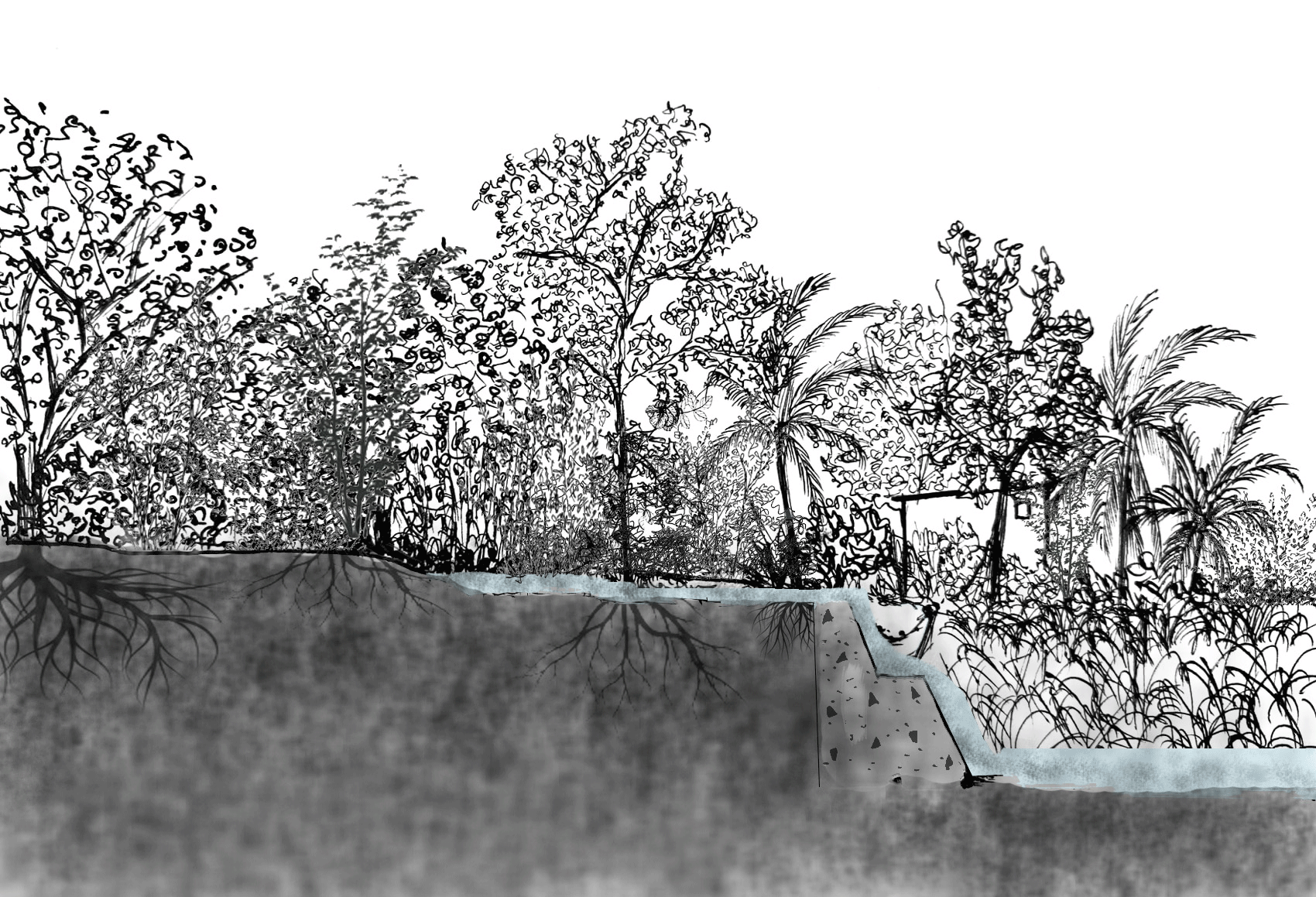
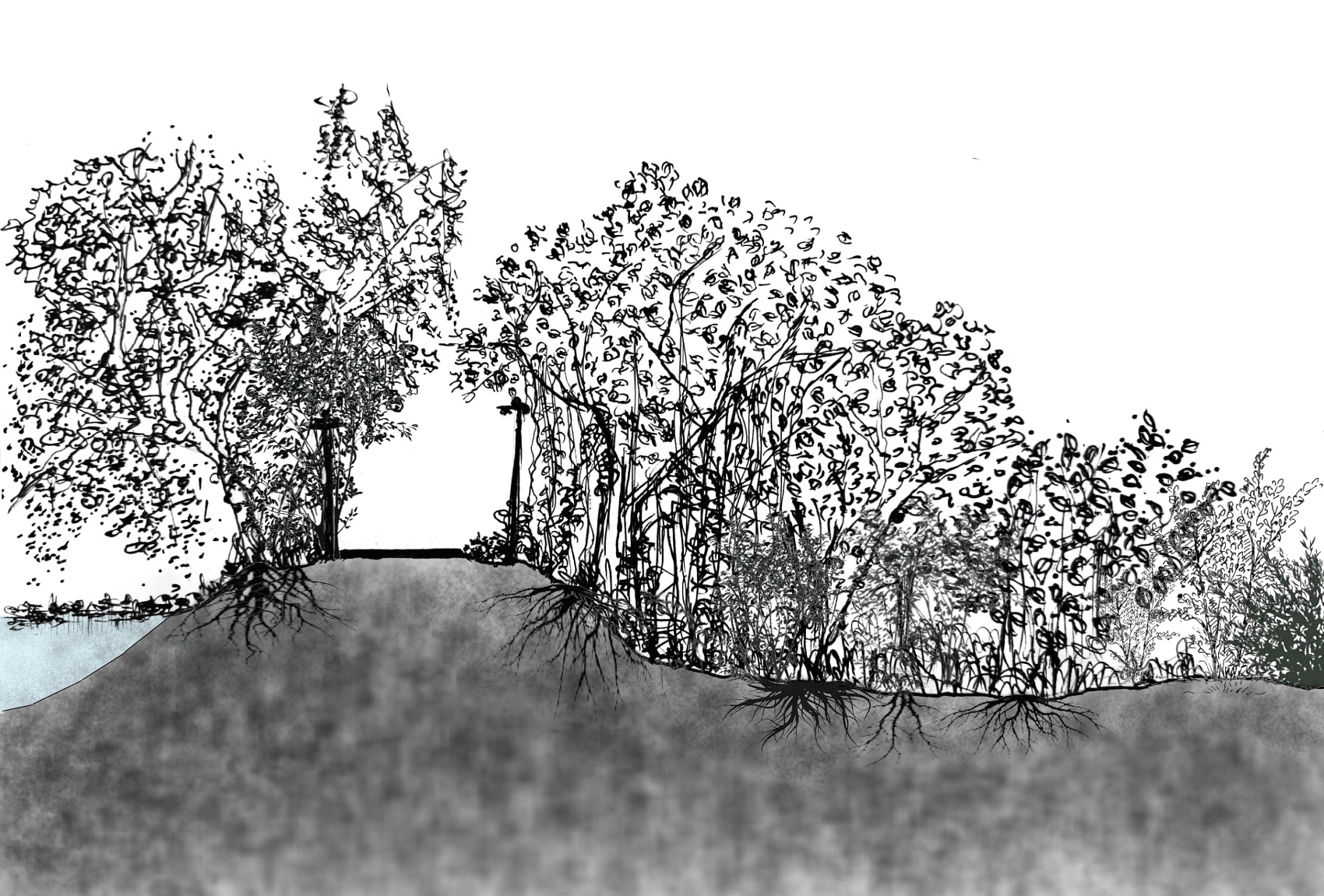
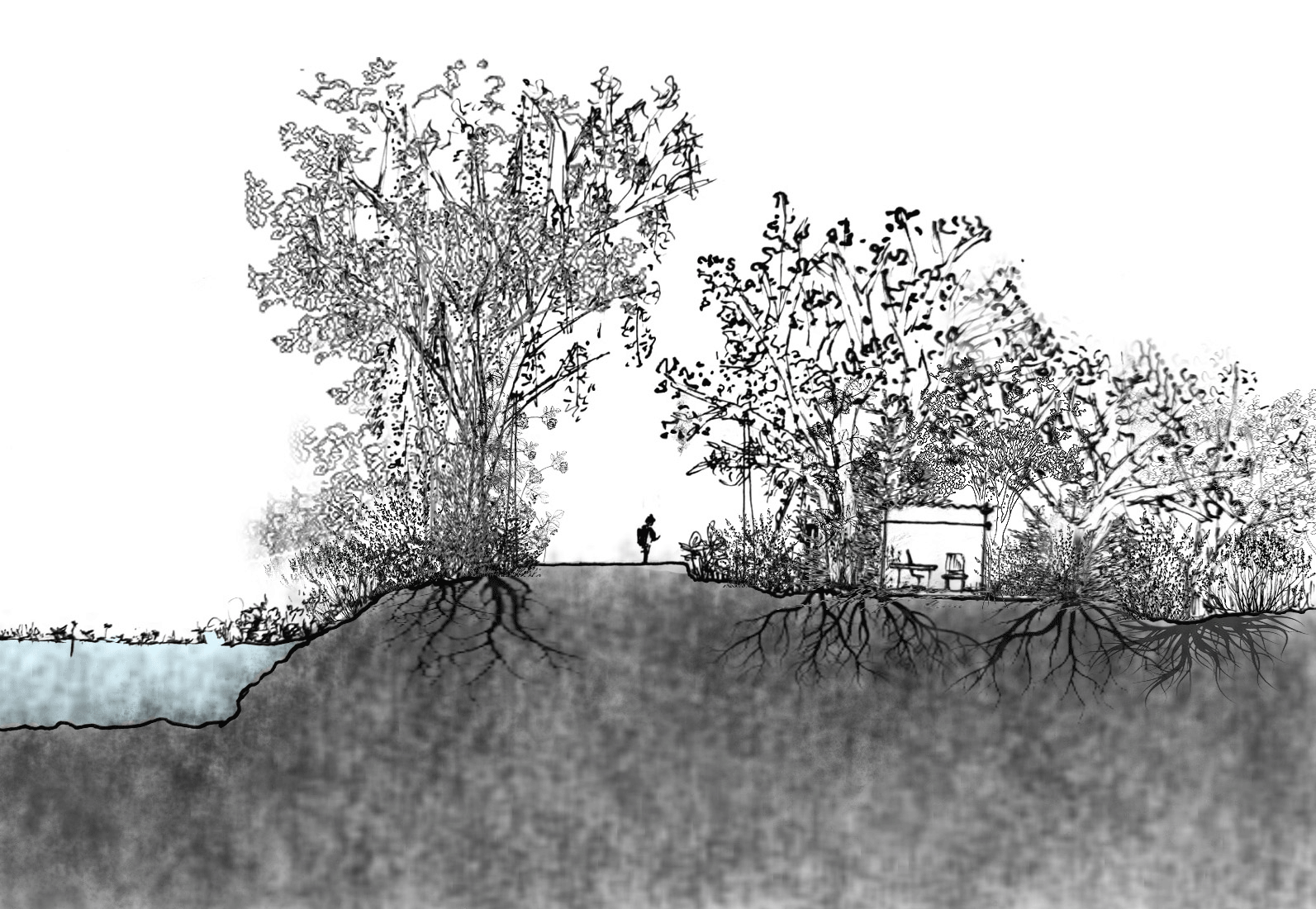
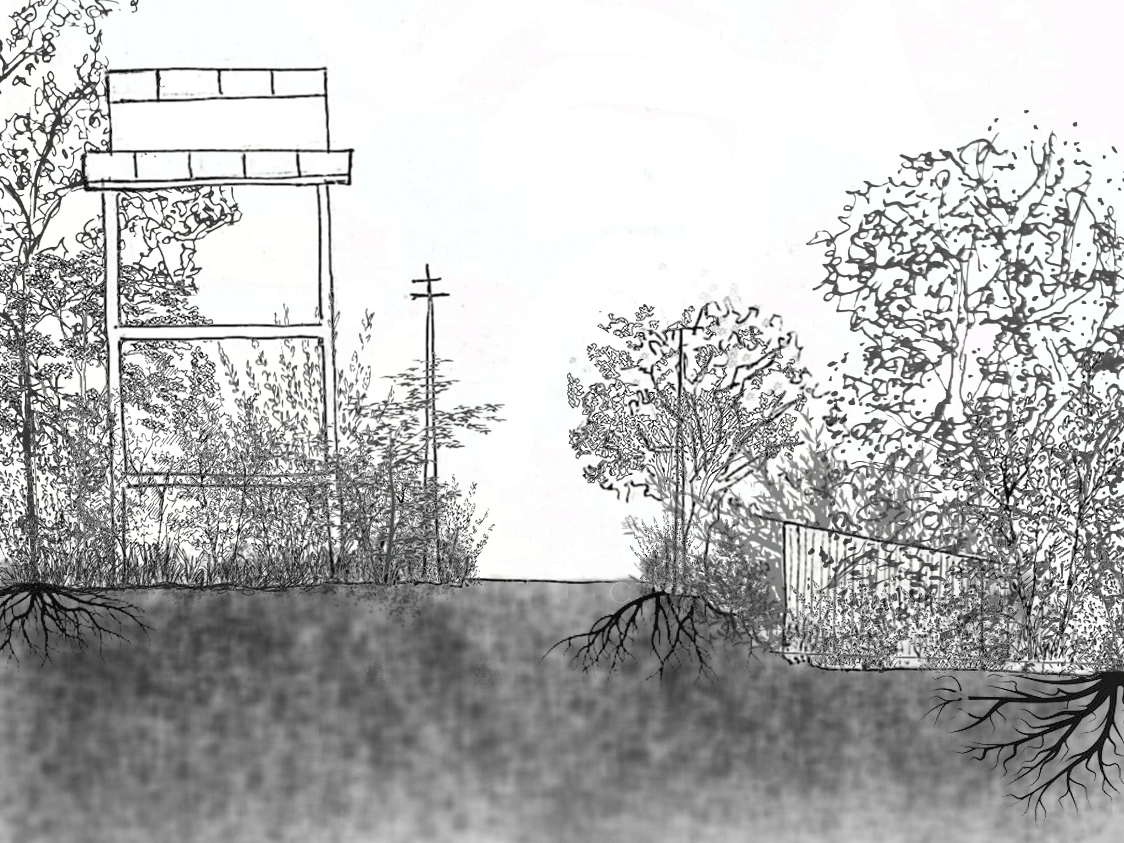
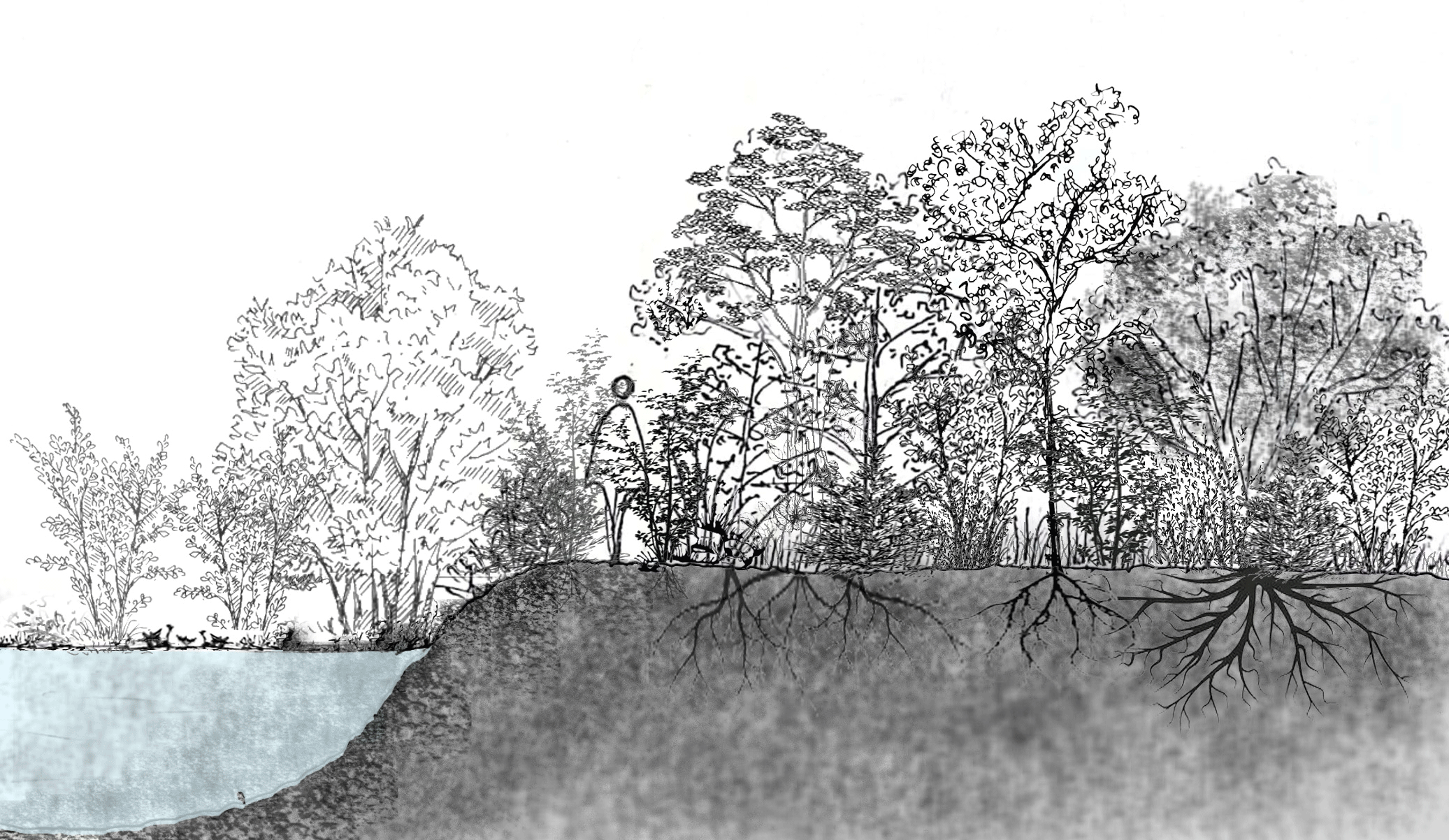

 Specialisation Studies | Rhea Shah
Specialisation Studies | Rhea Shah